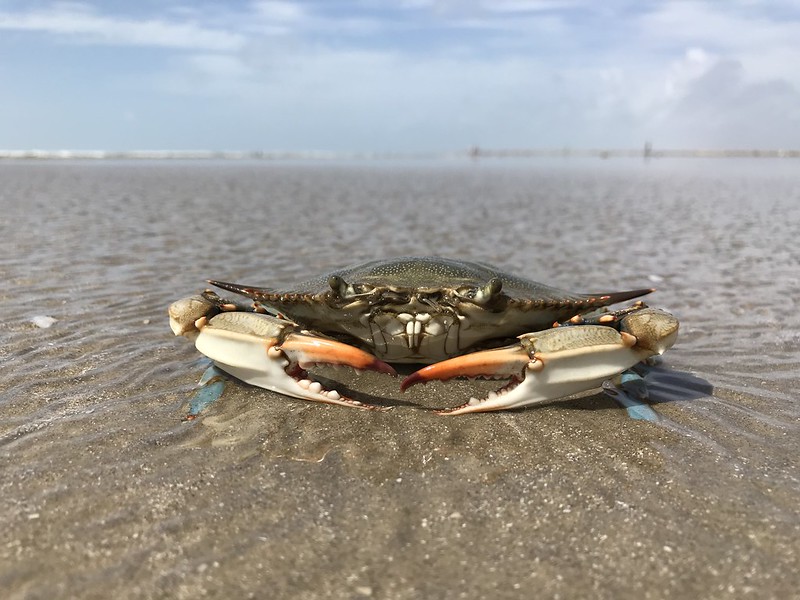Gulf Coast Towns Lower Flood Insurance Rates, with NOAA’s Help
The Takeaway: Dozens of communities in three states get the information they need to boost hazard resilience and drive down flood insurance costs.

For coastal communities on the front lines of climate change, cost-effective flood insurance offers a lifeline—but reaching that lifeline is difficult for many towns lacking the know-how on how to qualify. Dozens of Gulf Coast communities are much closer to this goal, because NOAA’s Digital Coast and National Coastal Zone Management Program assist their participation in the Federal Emergency Management Agency’s Community Rating System.
Participating communities are eligible for discounted flood insurance rates when they complete actions to prevent or reduce flood losses that are beyond the minimum required by the National Flood Insurance Program.
Florida and Texas
Six organizations within the Digital Coast Partnership stepped in to help three communities—Florida’s Jefferson County, and Texas’ City of Rockport and Aransas County.
- Community officials learned step-by-step strategies for mapping and calculating the area of preserved open space in each community’s floodplain, with the aid of The Nature Conservancy and the Digital Coast’s GIS workflow experts. Local officials incorporated workflow results into the Nature Conservancy’s Community Rating System Explorer, a visualization tool showing where current land protections are likely earning Community Rating System points, and where additional areas might become eligible for open space preservation.
- Partners providing information on community engagement, outreach, and content expertise included the American Planning Association, Association of State Floodplain Managers, Coastal States Organization, and National Estuarine Research Reserve Association.
- As a result of this initiative, Jefferson County could potentially reduce premiums by 10 percent. Furthermore, the Texas chapter of the Nature Conservancy is developing a statewide Community Rating System strategy that will provide continued benefits.
Alabama
- Digital Coast tech assistance, updates, and a training—How to Map Open Space for CRS Credit—enabled local partners to create open space maps for 25 coastal municipalities and two coastal counties. Partners are the Alabama Department of Conservation and Natural Resources and the University of South Alabama GIS Department.
- The South Alabama Flood Engagement Team has used its meetings to learn about Digital Coast’s risk-communication tools and training, as well as other resilience tools.
- With a community small grant provided through the National Coastal Zone Management Program, the City of Semmes is now part of a two-county area in Alabama that has met qualifications to join the National Flood Insurance Program. In addition, the City of Foley joined the Community Rating System during this project.
Find more information on the Community Rating System online. (2022)
Partners: Alabama Department of Conservation and Natural Resources; Alabama’s City of Foley and City of Semmes; American Planning Association; Association of State Floodplain Managers; Coastal States Organization; Florida’s Jefferson County; National Estuarine Research Reserve Association; NOAA Office for Coastal Management; South Alabama Flood Engagement Team; Texas’ Aransas County and City of Rockport; The Nature Conservancy; University of South Alabama
PRINT